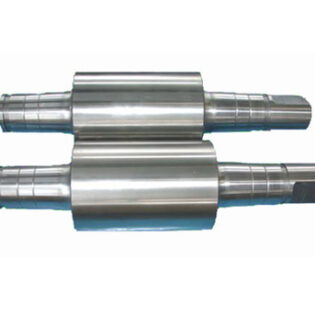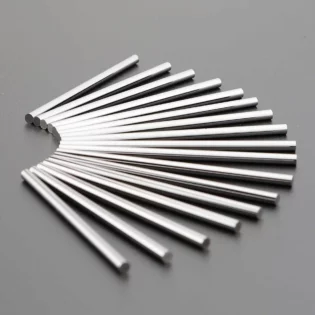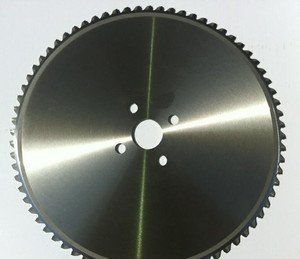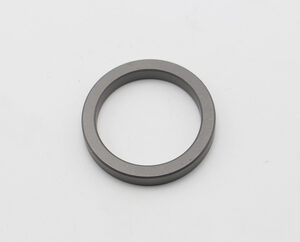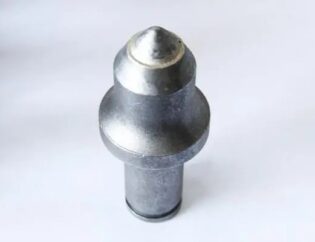Machining 304 stainless steel
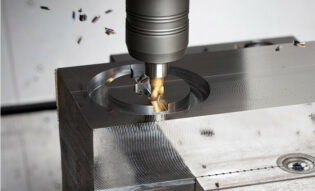
When working with 304 stainless steel, it’s important to keep a few things in mind. First of all, this steel is extremely tough, making it a great candidate for machining tools. It’s also useful in the manufacturing of nuts, screws, and gears. This grade has a much lower carbon content than 304, but it still has superior machinability and is useful in the food processing industry, dying industry, and architectural components. Finally, the best machine for machining 304 stainless steel is a large mill or lathe. While these types of tools are useful for lower speeds, they’re not very useful for high speeds.
Stainless steels are notoriously difficult to machine, but it’s possible to make these materials easier to work with by following a few best practices. Proper tooling is crucial, as is choosing appropriate feed rates. You should also ensure that the steel you’re working with has proper cutting geometry. Other factors that can affect machinability include the addition of copper, lead, and sulfur to the alloy. These elements decrease the ductility of the chips and make them break off with less effort.
Stainless steel is available in many different types. Type 304 stainless steel is the most common type and is usually machined on Swiss-type lathes. It has high work-hardening characteristics, but it’s also very tough to machine. This means that a machine is required that is able to handle this material without damaging it.
Compared to 316 stainless steel, 304 is much easier to machine than grade 316. This grade of stainless steel is often used for applications where tolerances are essential, such as gears and fittings. Grade 304 stainless steel is also easier to clean than type 316, and it’s also more corrosion resistant.
Grade 316 stainless steel is more expensive than grade 304, and it contains more molybdenum and nickel. It offers better resistance to chlorides and acids, but the higher metal content makes it more expensive. However, it is also preferable in highly corrosive environments because it reduces the chances of chrome carbide precipitation.
If you’re looking for high-quality machined parts, you should be able to get the job done. There are several advantages to having a finished piece that looks good and improves corrosion resistance. However, beware of rough surfaces that will decrease your corrosion resistance. Sandblasting is a great way to remove the black oxide layer and get the natural color of the steel.
When you’re finished with machining your part, you’ll have to clean it properly to prevent corrosion. This can be done by using solvents or conventional degreasing agents. You can also pickle the workpiece to add extra protection to it. In addition, you’ll also need to remove any cutting fluid that has been used on the piece.
Machining LDX 2101 Stainless Steel
LDX 2101 is an extremely versatile duplex stainless steel with high machinability and corrosion resistance. It is an excellent choice for a variety of fabrication applications due to its outstanding mechanical properties, low nickel content, and low thermal expansion. It can be fabricated using the same shop practices as other duplex stainless steels.
This stainless steel grade has a high degree of general corrosion resistance in a wide range of environments, and it possesses an outstanding resistance to localised corrosion. It also exhibits good resistance to crevice, pitting, and chloride stress corrosion cracking. Because of this, it is able to perform in environments that would otherwise cause early failure of austenitic steels.
Cold heading tests were conducted on samples in as-forged and annealed conditions. These measurements were based on the amount of cracks observed on the surface of the steel. In as-forged conditions, LDX 2101(r) alloys with up to 1.0% Cu passed the test. Once annealed, copper added to the alloys increased the results of the cold heading tests.
In addition, 2101 has good high-temperature oxidation resistance, but suffers from embrittlement above 300degC, which can be remedied by full solution annealing. It is also susceptible to a ductile-to-brittle transition, which is common among duplex stainless steels. This steel can be further hardened through work hardening or thermal treatment.
LDX 2101 is an excellent choice for desalination systems, thanks to its outstanding corrosion resistance and strength. It is a common choice for these applications, and has been proven successful by several tests. See below for examples and recommendations. In addition, it is an excellent choice for other industrial applications.
Duplex stainless steels can be welded using the standard electric techniques. A filler rod made of 2209 ensures a balanced duplex structure. The lower coefficient of thermal expansion reduces distortion and associated stresses. The high strength of LDX 2101 allows it to be slightly easier to machine than 316.
The most important element in steel is chromium, which gives it the desired duplex character. Low levels of this element lead to martensite, while high levels of chromium result in a more unstable duplex structure. So, when choosing a stainless steel machine, check for chromium content.
Machining SAE 17-4PH Stainless Steel
To machine this alloy, you can use a variety of methods. You can machine it in either a precipitation hardened or solution treated condition, depending on the desired dimensional stability. It can be machined with carbide or high speed tools. To obtain the best results, you should consider applying a post-heat treatment.
This type of steel possesses excellent toughness, ductility, and corrosion resistance. It is superior to most high-strength steels and is commonly used in petrochemical and food processing industries. It is also available in investment castings. When using this material for machining, make sure you know its composition and the correct temperature for the particular application.
17-4PH stainless steel is a high-grade material with exceptional corrosion resistance. It can withstand temperatures between 480 and 620 degrees centigrade. This material is also very cost-effective and easy to machine. Its properties make it a good choice for many general metalworking applications. It has similar properties to the 304 and 304L grades, and is used in petrochemical equipment and in the paper and food industries.
17-4PH stainless steel is a martensitic alloy containing chromium and nickel. It has good strength and corrosion resistance and can be precipitation hardened. It is suitable for welding and is a highly versatile material. You can machine this alloy at low temperatures and still achieve good results.
17-4PH is a commonly used alloy in aerospace. It has an excellent corrosion resistance and high tensile strength. It also has an increased ferrite content than other PH grades. It is also magnetic. You can machine it easily with the right equipment. It can be shaped and formed to various shapes and sizes.
Stainless steel 17-4PH can be welded with shielded fusion or resistance welding processes. However, oxyacetylene welding is not recommended because the oxyacetylene can pick up carbon during the welding process. In order to weld 17-4PH, you must use a welding rod with 17-4PH-type characteristics. You should use a standard lubricant to keep the material in good condition.
Stainless steel is not easy to machine unless you choose the right tools. Meetyou Carbide has developed special end mills for stainless steel and it will provide high performance on stainless steel machining.
